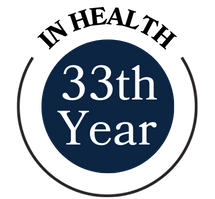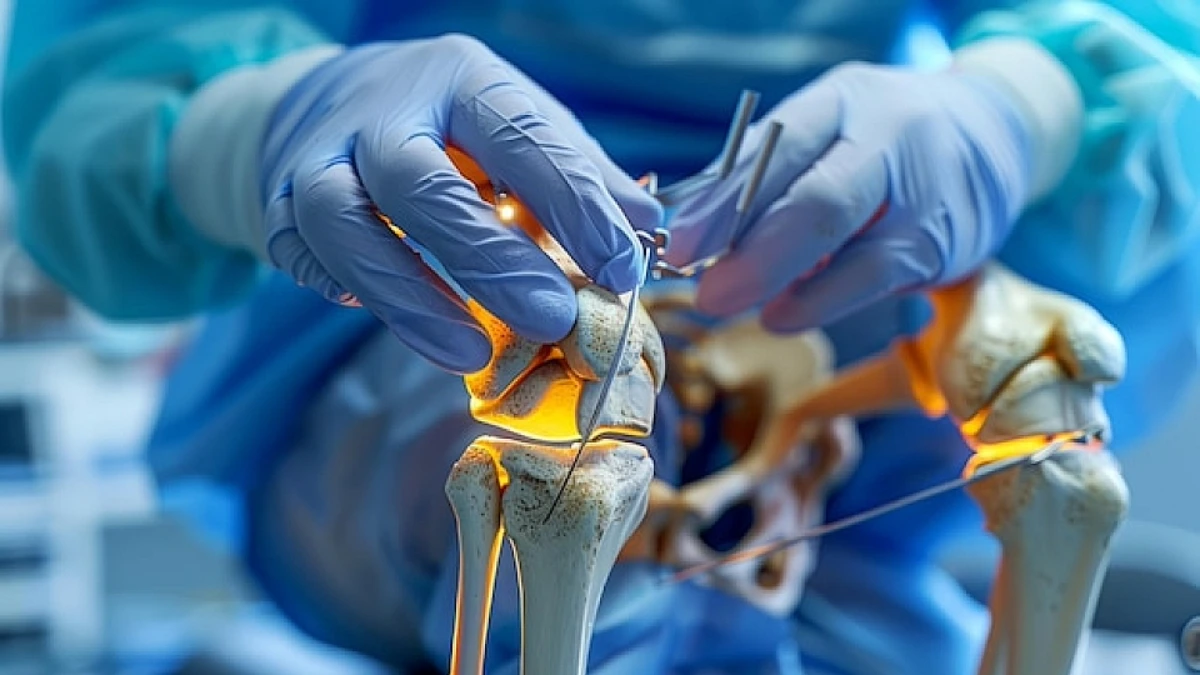The structure of the nose is composed primarily of cartilage at the bottom and bone at the top. The bone, tissue, or cartilage might be changed during a nose job. There are restrictions regarding how much the nose can be changed. The overall result will be influenced by your age, skin quality, and nose size. One of the most significant things about a nose job is that you and your surgeon have a clear discussion about your expectations and the options offered to you.

Before Nose Operation
- Your plastic surgeon will check your nose and perhaps take some photos. You will be required to sign a consent form before any photographs are taken or used.
- Your medical history will be recorded by the surgeon during the discussion.
- To ensure that the surgery is safe, the doctor will do a physical examination and check your height and weight.
During Nose Operation
Typically, a nose job is performed as an outpatient treatment, so no overnight stay is required. General or local anaesthesia will be applied.
Closed rhinoplasty
The surgeon will make incisions within the nostrils to access the bone and cartilage if your nose will be made smaller. In closed rhinoplasty, there shouldn’t be any obvious scarring. The recovery is faster in this procedure than in an open rhinoplasty since it takes less time and typically results in less oedema.
Open rhinoplasty
In an open nose operation, the surgeon will make an incision both inside and outside of the nostrils. The scare will be hardly seen. To improve the form of the nose, the surgeon will remove or reposition some parts of the bone and cartilage. The skin has to be lifted off nose bones and cartilages whether the nose job is open or closed.
Augmentation
The surgeon may perform either an open or closed rhinoplasty if your nose is made bigger. Your nose may need to be reconstructed with a graft, which is an addition of bone or cartilage. The nose, rib, or ear may serve as the source of the bone and cartilage.
Revision Rhinoplasty
Revision rhinoplasty is a secondary surgical procedure performed to correct or enhance the results of previous nose surgery. This complex operation addresses aesthetic concerns, functional issues, or both, arising from the initial rhinoplasty. Patients may seek revision rhinoplasty for various reasons, including unresolved breathing difficulties, asymmetry, or dissatisfaction with the nose’s appearance. Due to the intricate nature of the procedure, it requires a highly skilled and experienced surgeon to achieve optimal outcomes while maintaining or improving nasal function and harmony with other facial features.
After the Nose Surgery
Until the general anaesthetic’s side effects disappear, you must rest. For the first week or two, you’ll have to breathe from your mouth since your nose will feel congested. For the first day, you might have packs in both nostrils and splints to maintain the stability of the bones for a week.
In case you need it, you will be given medication. Furthermore, you might be able to leave the hospital the same day or you could have to spend one or two nights there.
What Are The Side Effects of Nose Job?
Following a nose operation, it is typical to experience:
- a nose that is tight and numb
- For a day or two, you may get minor nosebleeds
- discomfort, oedema, and bruising around the eyes that can remain for up to three weeks
- a clogged nose – for about a week, you’ll have to breathe through your mouth
- sunlight sensitivity
Recovery After Operation
- To recover after a nose operation, you might need to have up to two weeks off from work.
- Before you see the full results of the operation, it will take six months or more for the puffiness to fully disappear.
- It is possible to take out stitches after a week.
- You will be able to swim after 3 weeks and exercise after about a month.
There are actions to quicken your recovery period:
- Try your best to keep your head up. Use a couple of additional pillows while you are recovering from surgery.
- Avoid dusty areas or smoke.
- Avoid doing anything that can boost blood flow in your face, such as taking a hot bath or lifting weights.
- Try not to blow your nose or remove any crusts.
- To avoid pressure on your nose, a sneeze from your mouth.
- Do not use glasses or avoid putting them on your nose bridge.
Risks of Rhinoplasty
Any form of surgery carries risks. These involve bleeding, allergy to anaesthesia, and infection Rhinoplasty has the following risks:
- Bleeding
- Scars
- Loss of feeling
- Swelling
- Damage in nerve
- breathing difficulties
- Chest infection
How Much Does Nose Job Cost?
The difficulty of the procedure, the surgeon’s degree and expertise, and geographic location all affect the price of a rhinoplasty. A nose job may cost between about £2500 and £5000 at Avicenna International Hospital. The cost of the procedure includes all expenses related to your surgery, including hospital fees, surgeon fees, anaesthesia fees, follow-up examinations, transportation, a hotel discount, translation, and other fees.
Our patient representative team will get in connection with you to inform you about fees and appointments if you submit your contact information using the form on the Avicenna Aesthetic and Reconstructive Surgery Center page for rhinoplasty in Istanbul.







